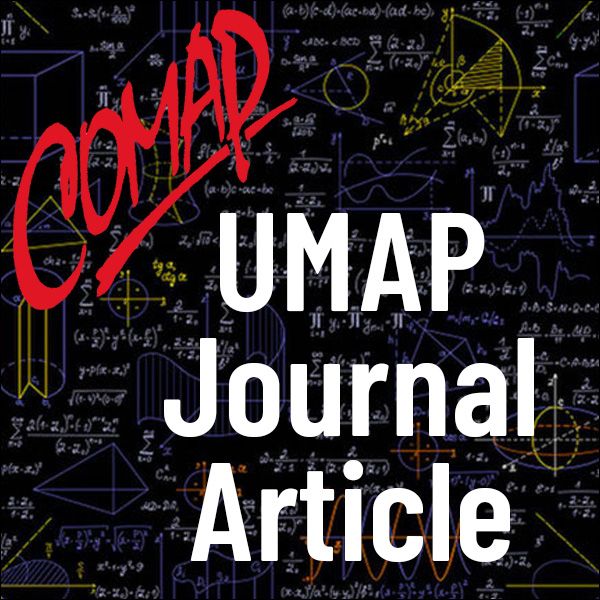The Cutoff Paradox in the Kansas Presidential Caucuses
Author: David McCune, Lori McCune & Dalton Nelson
Abstract
The Kansas Republican Party uses an apportionment method of its own invention to apportion delegates to candidates in its presidential caucus. This method includes a threshold that eliminates candidates (and their votes) who receive less than 10% of the vote. Eliminating candidates can lead to a Cutoff Paradox, a paradox in which a surviving candidate receives fewer delegates as a result of the elimination of the candidates that fall beneath the threshold. We calculate the proportion of elections that are susceptible to this paradox for three candidate elections using the method of the Kansas Republican Party. For comparative purposes, we calculate the same proportions for Hamilton's method, the method used by the Democratic Party in all of its presidential primaries and caucuses.

Mathematics Topics:
Application Areas:
You must have a Full Membership to download this resource.
If you're already a member, login here.